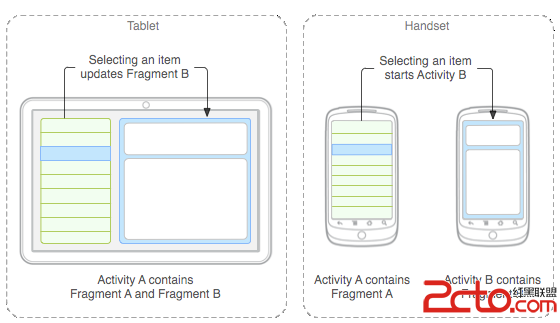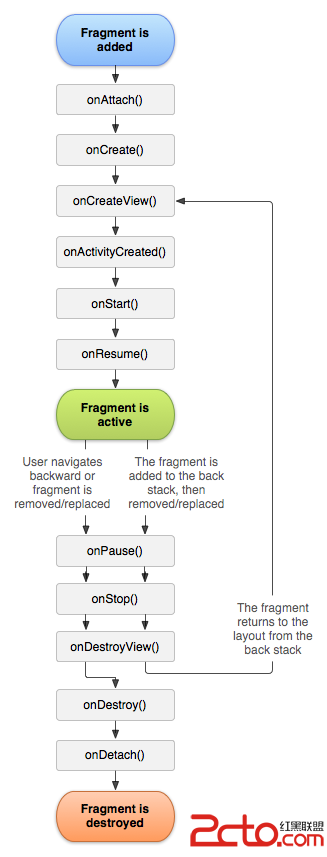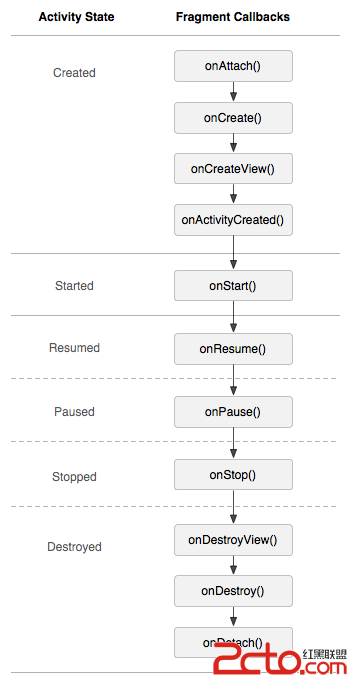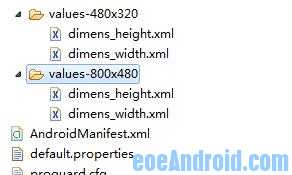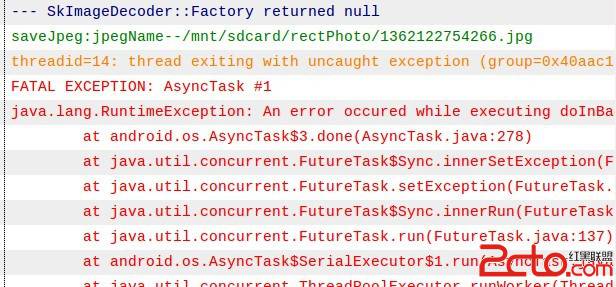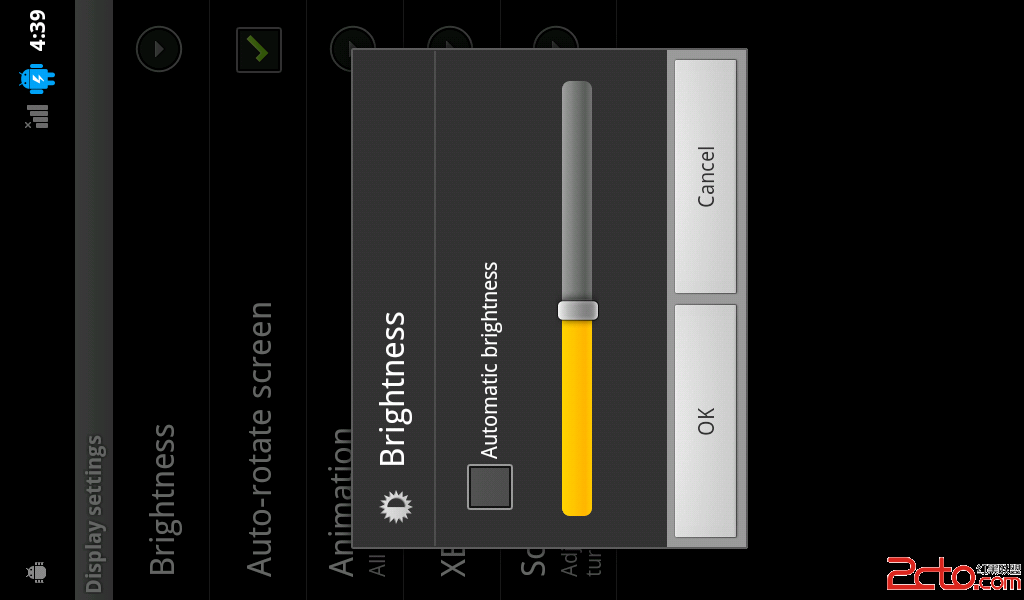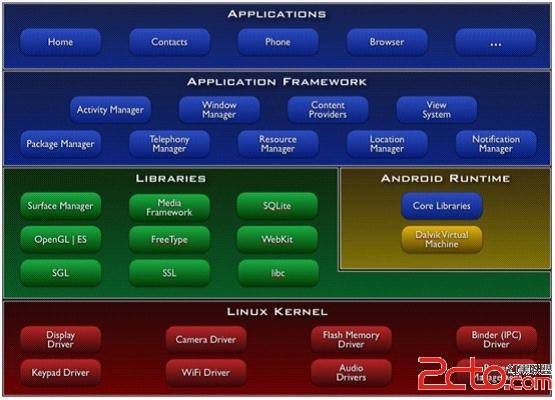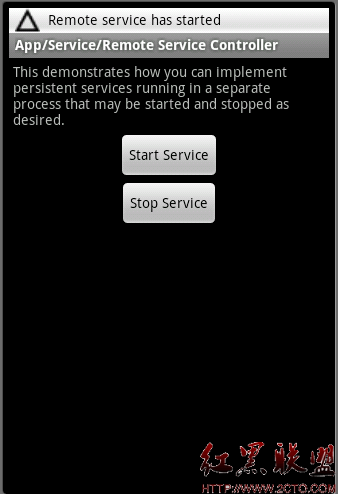TabActivity在API 13(Android 3.2)被标记为过期,需要使用Fragment来实现,Fragment是Android 3.0引入的一个概念,主要就是为了适应各种不同的屏幕大小(手机、平板电脑)。Android 4.1发布时,google还发布了一个Android Support v4的包,用于Android 1.6以上的系统兼容新的特性,其中包括Fragment。为了在低于Android 3.0的平台上使用Fragment,我们需要在项目的libs中加入android-support-v4.jar这个包,一般现在的开发都需要兼顾3.0以下的平台,所以基本上都是使用这个包里的Fragment,而不是直接使用Android内置的Fragment。
在最新的Android文档里面,关于TabActivity,只讲到了它已经过期,并且贴了两个代码片段,但是点开其中的Sample链接,只是链接到了Sample的首页,还是不能看到完整的代码,要看完整的代码,就要在SDK Manager里面把Sample下载下来,然后用Eclipse打开才能看到。但是,即使看了Sample,要想弄明白怎么把自己的TabActivity转过去,也要耗费不少的功夫,因为那个Sample比较复杂。
我也是搞了两三天才弄明白Fragment的基本概念,实际上就是为了适应不同的屏幕分辨率,有的屏幕在一个Activity中可以包含一个Fragment,有的则可以包含多个,所以需要根据不同的配置调整显示方式,例如在同一个Activity里面显示两个Fragment,或者在一个Activity里面显示其中一个Fragment,另外一个Activity里面显示另外一个Fragment,实际上就是把显示内容划分成多块,每一块都有各自的生命周期,但是每一块又是跟它所在的Activity分不开的,Fragment的生命周期依赖Activity的生命周期而存在。
下图是Fragment在不同屏幕上的显示以及Fragment与所在Activity的关系:
下图是Fragment的生命周期:
下图是Fragment的生命周期与Activity的对应关系:
以上图片都来自Android的官方开发指南。
从最后一幅图可以看出,Activity的生命周期中的每个回调函数,在Fragment里都有对应的回调函数,这个在TabActivity的改造中很重要。
好了,这些基本的东西都了解之后,就可以开工了,如果你不打算深入理解Fragment,只是为了去掉横跨在TabActivity上难看的删除线,在你的Activity都是基本的Activity的情况下,那么按照以下的步骤来做就行了:
首先,使用Tab的应用都有一个入口的主Activity,我们把它叫做MainActivity,它包含了多个Tab,每个Tab又对应一个Activity,这个MainActivity的改造如下:
/*
* Copyright (C) 2011 The Android Open Source Project
*
* Licensed under the Apache License, Version 2.0 (the "License");
* you may not use this file except in compliance with the License.
* You may obtain a copy of the License at
*
* http://www.apache.org/licenses/LICENSE-2.0
*
* Unless required by applicable law or agreed to in writing, software
* distributed under the License is distributed on an "AS IS" BASIS,
* WITHOUT WARRANTIES OR CONDITIONS OF ANY KIND, either express or implied.
* See the License for the specific language governing permissions and
* limitations under the License.
*/
/**
* Demonstrates combining a TabHost with a ViewPager to implement a tab UI
* that switches between tabs and also allows the user to perform horizontal
* flicks to move between the tabs.
*/
public class MainActivity extends FragmentActivity {
TabHost mTabHost;
TabManager mTabManager;
@Override
protected void onCreate(Bundle savedInstanceState) {
super.onCreate(savedInstanceState);
setContentView(R.layout.fragment_tabs);
Resources res = getResources();
mTabHost = (TabHost)findViewById(android.R.id.tabhost);
mTabHost.setup();
mTabManager = new TabManager(this, mTabHost, R.id.realtabcontent);
mTabManager.addTab(mTabHost.newTabSpec("tab1").setIndicator("tab1"),
Tab1FragmentActivity.Tab1Fragment.class, null);
mTabManager.addTab(mTabHost.newTabSpec("tab2").setIndicator("tab2"),
Tab1FragmentActivity.Tab2Fragment.class, null);
if (savedInstanceState != null) {
mTabHost.setCurrentTabByTag(savedInstanceState.getString("tab"));
}
}
@Override
protected void onSaveInstanceState(Bundle outState) {
super.onSaveInstanceState(outState);
outState.putString("tab", mTabHost.getCurrentTabTag());
}
/**
* This is a helper class that implements a generic mechanism for
* associating fragments with the tabs in a tab host. It relies on a
* trick. Normally a tab host has a 易做图 API for supplying a View or
* Intent that each tab will show. This is not sufficient for switching
* between fragments. So instead we make the content part of the tab host
* 0dp high (it is not shown) and the TabManager supplies its own dummy
* view to show as the tab content. It listens to changes in tabs, and takes
* care of switch to the correct fragment shown in a separate content area
* whenever the selected tab changes.
*/
public static class TabManager implements TabHost.OnTabChangeListener {
private final FragmentActivity mActivity;
private final TabHost mTabHost;
private final int mContainerId;
private final HashMap<String, TabInfo> mTabs = new HashMap<String, TabInfo>();
TabInfo mLastTab;
static final class TabInfo {
private final String tag;
private final Class<?> clss;
private final Bundle args;
private Fragment fragment;
